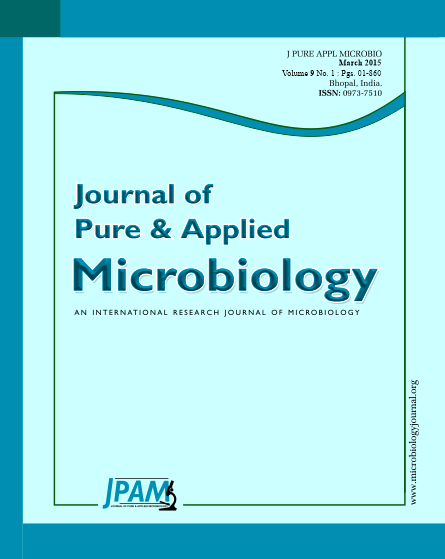Oyster mushrooms (Pleurotus ostreatus Fries.), were irradiated with Ultraviolet-B (UV-B) to convert ergosterol to vitamin D2. The vitamin D2 concentration was increased linearly from 1.78 µg/g DM to 9.01-28.07 µg/g DM, which was correlated with increase in time of irradiation, from 15 to 180 min while the ergosterol content in mushrooms was decreased. After irradiation for 120-180 min, oyster mushrooms had the greatest level of vitamin D2 concentration. The conversion of ergosterol to vitamin D2 was completed within 120 min. At every irradiation time point, there were no deleterious effects on proximate, amino acid and fatty acid compositions and antioxidant properties of oyster mushrooms. UV-B irradiation for 60-180 min could lead to degradation of vitamin D2 in oyster mushroom after 6 days under refrigerated condition. This result suggested that UV-B irradiation for 15 min with low energy was the optimum treatment for the production of vitamin D2 recommended per day and also vitamin D2 concentration remained relatively stable in oyster mushrooms during storage. In addition, the high level of vitamin D2 in mushrooms after UV-B treatment for 120-180 min may be advantageous to develop into consumable food or feed products for humans or animals.
Pleurotus ostreatus, UV-B exposure, Ergocalciferol, Duration, Proximate, Amino acid, Fatty acid, Antioxidant properties
© The Author(s) 2015. Open Access. This article is distributed under the terms of the Creative Commons Attribution 4.0 International License which permits unrestricted use, sharing, distribution, and reproduction in any medium, provided you give appropriate credit to the original author(s) and the source, provide a link to the Creative Commons license, and indicate if changes were made.


